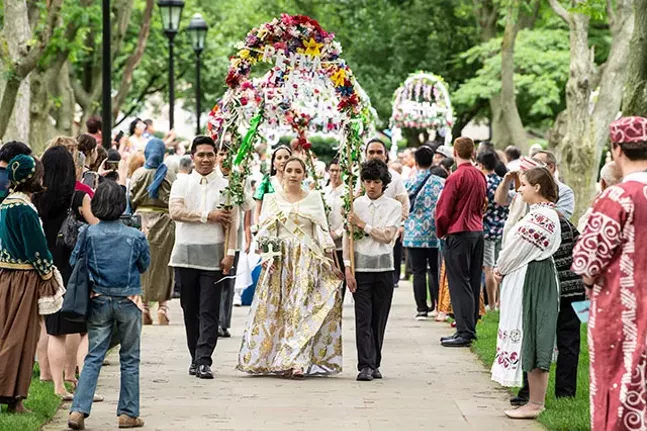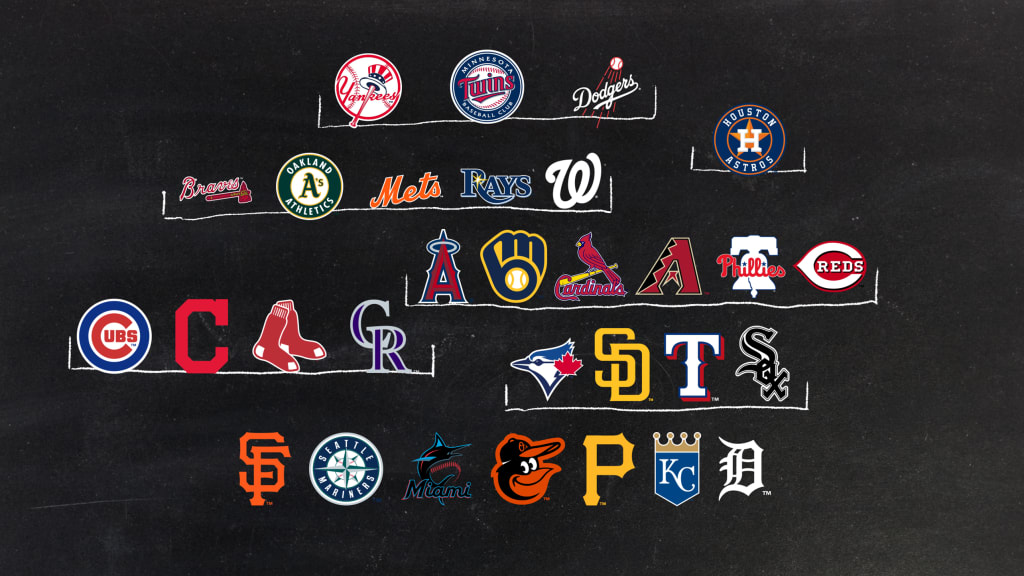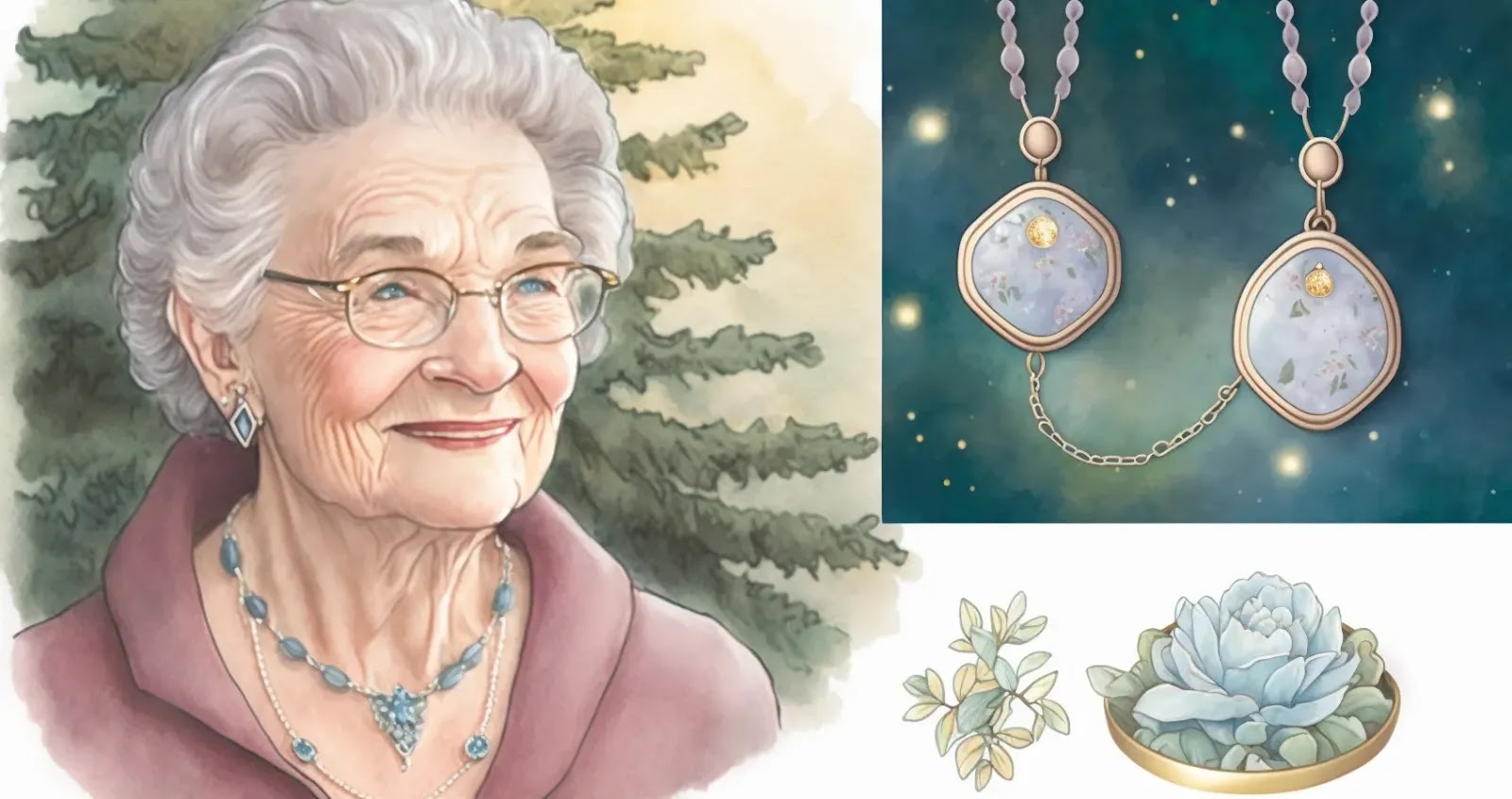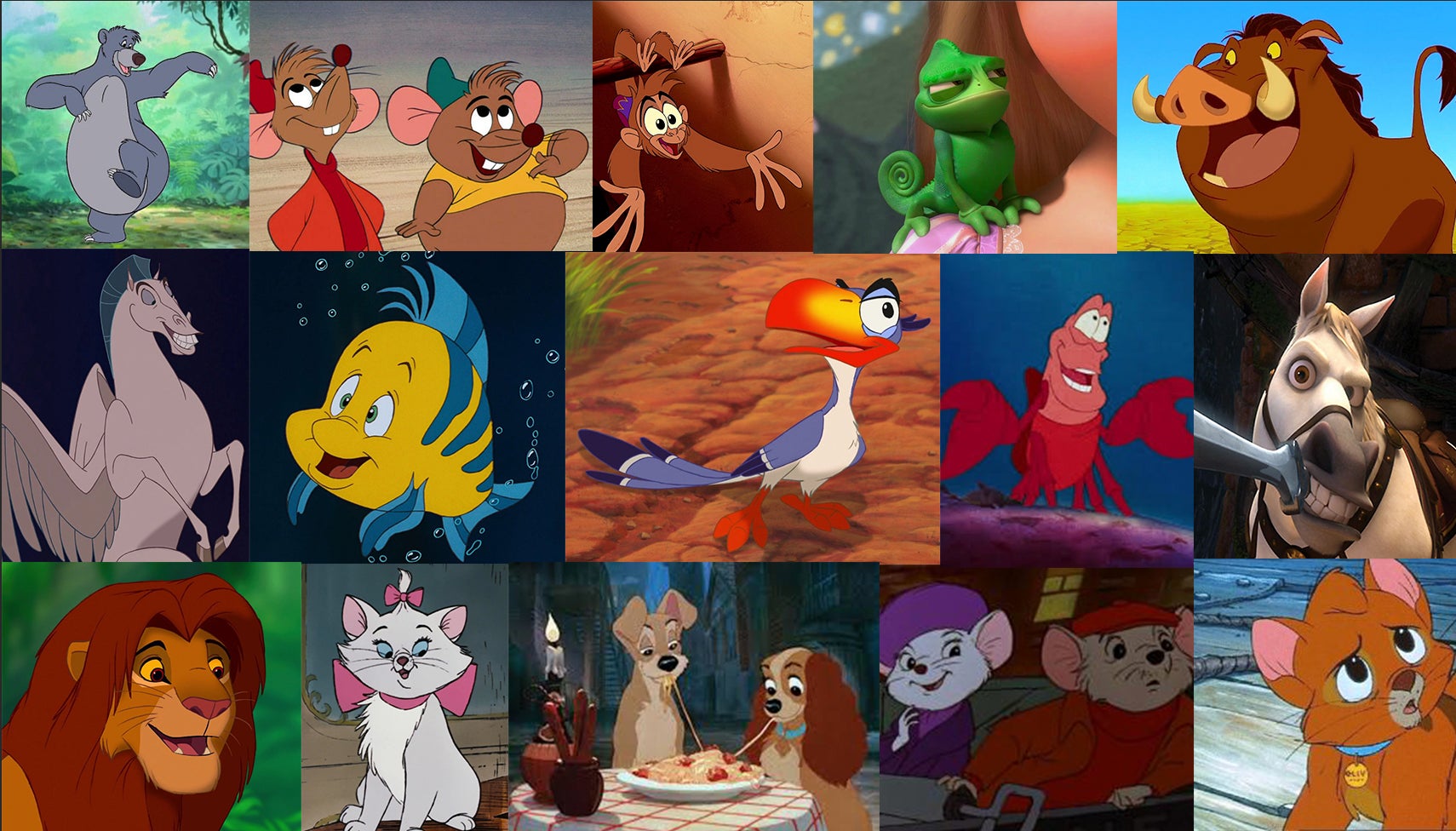Filipino is a term used to describe the people and cultures of the Philippines and its numerous islands. With a culture that is deeply rooted in history and distinct from other countries, Filipino culture is a truly unique experience.
From the past to the present, Filipino culture has been shaped by a variety of influences, including Spanish colonization, American occupation, and Chinese and Malaysian influences. With over a hundred languages spoken, there is no single way to define Filipino culture.
From its iconic pop-culture to its famously delicious cuisine, Filipino culture is filled with a variety of traditions and experiences that make it one of the most interesting cultures in the world. The following blog post will explore what makes Filipino culture so special, both past and present.
We will discuss the unique influences that have contributed to the ever-evolving Filipino culture and look at what makes this culture so distinctive.
Quick Navigation:
Filipino Culture and Traditions
Filipino culture is one of a kind and is deeply rooted in history, with influences from the Spanish, Chinese, and American cultures. Filipino traditions and customs have been strongly shaped by the country’s Catholic beliefs, as well as its strong sense of community.

Filipino culture has a strong emphasis on family, and the importance of family ties is seen in such customs as the celebration of family reunions, which are held to honor ancestry and the bond between generations. Filipino culture also includes a variety of traditional and modern Philippine music, art, and dance.
The traditional music of the Philippines, known as kundiman, is typically accompanied by a bamboo flute, guitar, or percussion instruments. Philippine dance, particularly the tinkling, is known for its intricate stepping patterns and use of bamboo poles. Philippine art is often characterized by its use of vibrant colors, intricate patterns, and natural materials.
Filipino Music and Dance
Music and dance are important aspects of Filipino culture, with each region having its own traditional styles. Traditional Filipino music often features instruments like the guitar, kulintang, and gong, as well as vocalists singing accompanied by a chorus of singers. Dances can range from playful romps to intricate choreography that tell stories, and each region has its own distinct style.
Dances can be performed in a variety of places, including on stage, for special occasions, or in the home. Music and dance are a great way to express Filipino culture and bring people of all ages together.
Popular Filipino music
Filipino music has a long and vibrant history, with influences from both East and West cultures. The most popular Filipino music genres include folk music, pop music, rock music and hip-hop. Traditional Filipino instruments such as the kulintang, rondalla and kudyapi are still widely used today in folk music, while popular music is mainly composed of rock, pop, hip-hop and R&B. Filipinos are also known for their love of singing, with traditional vocal styles such as kundiman and karunungang bayan still popular today.
Filipino Nationality
Filipino nationality is a term used to refer to the legal identity of a person who is a citizen or national of the Philippines. This is established by the Philippine Constitution, which states that all Filipinos are citizens of the Republic of the Philippines. Filipino nationals have the right to travel freely throughout the country, as well as the right to vote in any Philippine election.
They are also entitled to certain benefits, such as free education, healthcare, and social security. Furthermore, Filipino citizens are eligible to serve in nearly all government offices, including the presidency and Congress.
Filipino language and dialects
The Filipino language is the official language of the Philippines and is spoken by about 90% of the Filipino population. It is based on Tagalog, the language spoken by the Tagalog people, and is derived from various dialects from different parts of the Philippines.
There are also several other dialects spoken in the Philippines, such as Visayan, Ilocano, and Kapampangan, each of which has its own distinct features. All of these languages and dialects are part of the larger family of Philippine languages, a branch of the Austronesian language family.
All in all, Filipino culture is an amalgamation of influences from all over the world. From the Chinese, Spanish, and American colonial influences, to the more recent Indian and Malaysian influences, the Filipino culture is an ever-changing, ever-evolving mix of ideas and customs.
Filipino culture is a reflection of the country’s history and diversity, from its cuisine to its language, and it is a testament to the resilience and creativity of the Filipino people.






